by Ahmad Ghayad
Foam-filled pneumatic tires were developed as a solution to air-filled pneumatic tires that were frequently falling flat. It was formerly thought that pneumatic tires with foam fillings were superior to those with air in them.
Foam-filled wheels provide many of the same advantages as pneumatic wheels without the risk of holes causing leakage. In fact, over time, even air-filled pneumatic tires lose some of their air pressure without any cuts or holes.
But Tesla’s tires are not 100% foam-filled nor 100% air-filled. It’s actually a combination of both.
One of the most important advantages of foam-filled tires is noise reduction. And that’s the main purpose Tesla used them.
Traditional ICE vehicles don’t offer the same level of calmness as driving an electric car does. Some people may be attracted to it, while others may be turned off by it. The remarkable acceleration of Tesla cars, despite their quietness, may entice even those who have grown to love the roar of a gas engine.
Source: TeslaWhile the lack of an internal combustion engine, a traditional transmission, and the small number of moving parts may be sufficient to make an EV peaceful for its passengers and the environment, Tesla has gone one step further by equipping some Model S and X vehicles with sound-dampening acoustic foam tires.
Tesla foam-filled tires are produced by Continental tires company which claims that the tires may reduce tire noise by up to 9 dB. This is accomplished by inserting a specific polyurethane foam substance within the tire, which acts as a sound absorber. Tire performance is unaffected by foam, and neither is steering or handling quality.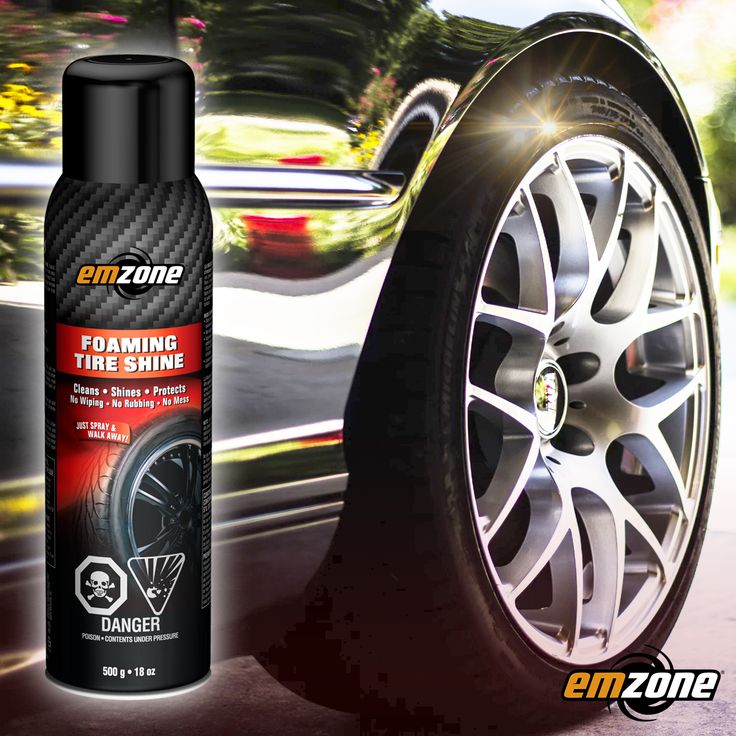
However, it’s crucial to know that Continental ContiSilent tires aren’t available as standard on all vehicle combinations. You may ask for the Continental ContiSportContact 5P tires with the special ContiSilent technology to be installed on your Tesla at your local Tesla dealer.
What’s Inside, a well-known YouTube channel posted a video revealing what’s inside the tires. The host said that when his Tesla Model X tire was damaged by a nail, he recently tried to fix it at a Discount Tire Center. Surprised by the tire center’s response, he discovered that they do not repair Model X tires due to Tesla’s usage of sensitive components that may be damaged during the repair.
To begin with, he attempts to open the Model X’s tires with a sharp knife before using an angle grinder to totally open it up. The interior of the Model X’s Pirelli tires has a thick foam band wrapping around it, as shown in the video. Elon Musk referred to this foam strip as an “internal acoustic foam” in a tweet he sent out in 2017, and it’s intended to reduce road noise.
The interior of the Model X’s Pirelli tires has a thick foam band wrapping around it, as shown in the video. Elon Musk referred to this foam strip as an “internal acoustic foam” in a tweet he sent out in 2017, and it’s intended to reduce road noise.
Latest S and X tires have internal acoustic foam
— Elon Musk (@elonmusk) July 13, 2017
However, as the What’s Inside host remarked, some tire repair shops may consider Tesla’s noise-canceling tires a challenge. In contrast, patching a Tesla tire is straightforward, though; all that’s required is peeling off the acoustic foam before filling up any punctures or holes in the tire’s core. Once the tire’s hole has been repaired, applying a little layer of glue on the foam that has been scraped off should fix it again.
0 0 votes
Article Rating
Tesla is known as a cutting edge producer of electric cars.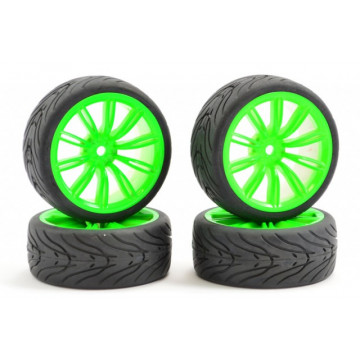 Their models are jam-packed with the latest digital technology, including a giant infotainment screen, all digital displays, space-age design, and even cunning AI features like autopilot.
Their models are jam-packed with the latest digital technology, including a giant infotainment screen, all digital displays, space-age design, and even cunning AI features like autopilot.
With all this in mind, when some people heard that Tesla is also known for stuffing foam into its tires, it raised a few eyebrows. What is this tire foam for? Why does a state-of-the-art company like Tesla rely on crude foam?
In today’s blog, we’ll be looking more closely at this tire foam: what it is, why they put it in the tire, and other related questions. Let’s get rolling.
What is this foam that we’re speaking of? Back in 2017 there was a Twitter user who — as many Tesla fans and owners like to do — tweeted to Elon Musk and Tesla about improving tire noise in the Model S and Model X cars. Elon Musk said:
Latest S and X tires have internal acoustic foam.
Elon Musk, Twitter, July 14, 2017 at 6:25AM
From here people started talking about Teslas and their foamy tires. This technology was not invented by Tesla or for Tesla, but has actually been adopted by most major tire producers, including those that supply Tesla such as Continental and Michelin. Continental calls it their “ContiSilent” technology, whereas Michelin has the less imaginative name “Acoustic Technology.”
This technology was not invented by Tesla or for Tesla, but has actually been adopted by most major tire producers, including those that supply Tesla such as Continental and Michelin. Continental calls it their “ContiSilent” technology, whereas Michelin has the less imaginative name “Acoustic Technology.”
As you might guess from the content of the tweet to which Elon Musk was replying, and from the specific names that different brands have given the technology, the issue of foam in tires is noise reduction. It’s now the norm for Tesla tires to have this technology as a way to reduce cabin noise.
Some might wonder why this is necessary in an electric car. If there’s no engine and no sputtering exhaust system, then where exactly is all this noise coming from in the passenger cabin of a Tesla car? The answer is the tires.
In the absence of the engine and exhaust, then the noise generated by the tires rolling on the road now has a kind of acoustic monopoly in the cabins of Tesla cars.
The problem is clearly big enough for people to complain and clearly the removal of internal combustion is not enough to reduce cabin noise in Tesla’s cars. The foam therefore is a way to achieve a quieter cabin.
The foam used in Tesla’s tires is made from a special kind of polyurethane that is placed as a layer inside the tire’s inner surface. What the foam does is absorb at least some of the cavity noise, thus preventing it from being transmitted into the passenger cabin. The reduction in noise can be as much as 9 dB.
Is 9 dB a lot? Is that a huge difference in terms of cabin noise? The inside of a Tesla cabin while driving at speed on a highway is about 60-70 dB, roughly the same as conversation. It’s why you can talk without raising your voice, and why even relatively loud music will drown out all of the noise from the wheels rolling, whether they have foam or not.
Therefore, a reduction in 9 dB is quite significant since it represents 15 percent of the total.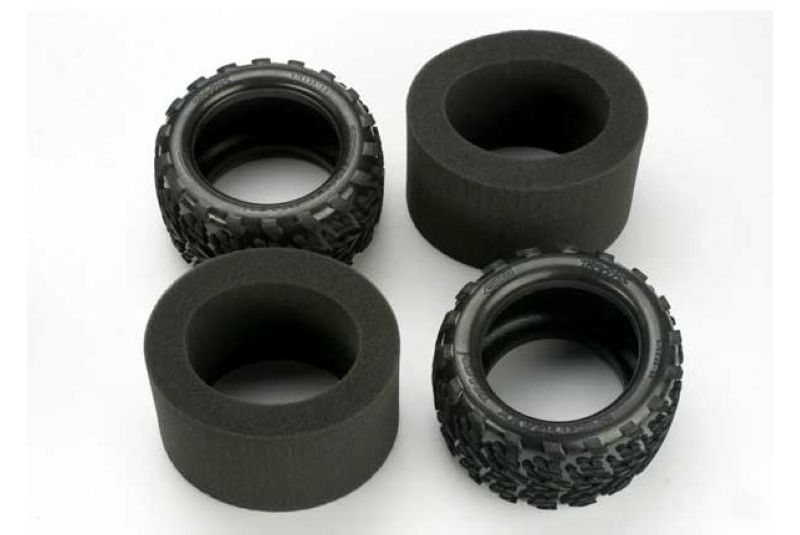 That’s pretty good for a single layer of polyurethane foam.
That’s pretty good for a single layer of polyurethane foam.
Furthermore, the foam is an attractive addition because its presence within the tire doesn’t impact in any way the performance or structure integrity of the tire. There is no greater chance of getting a puncture or a blowout, nor is the tire weakened in any way to make it or its sidewall or tread any more susceptible to damage than it would be anyway.
The foam also has no bearing on things like handling, speed or performance in different weather conditions.
Let’s imagine a scenario in which you are replacing the tires on your Tesla and you perceive that the foam ones from Tesla are very expensive. Is that what you have to purchase now? Does Tesla only offer the foam-filled tires, or can you go for a simpler (and hopefully cheaper alternative). The answer to this question is not quite as simple as you might assume.
First of all, the foam itself is not required for any mechanical or running aspect of the Tesla. The foam isn’t there as part of the car’s function or propulsion. Therefore, if you were to ride on tires without foam for whatever reason, they would work just fine. The proper and normal working of your Tesla is not contingent on having the foam-filled tires.
However, Tesla’s entire range of tires currently does come with the acoustic foam in there. More important than this, however, is that Tesla tires are special, as are all EV tires. An EV doesn’t use exactly the same tires as a regular gasoline car – you can sometimes see this by the “ev” at the end of the tire name:
A Tesla Model 3 wheel with EV specific tire tyre from Hankook the Ventus S1 evo 3 evThe EV has special requirements based on its function that regular tires can’t handle very well.
So, it’s not that you need to buy the tires with foam, but you do need to buy the tires that are especially made for electric vehicles.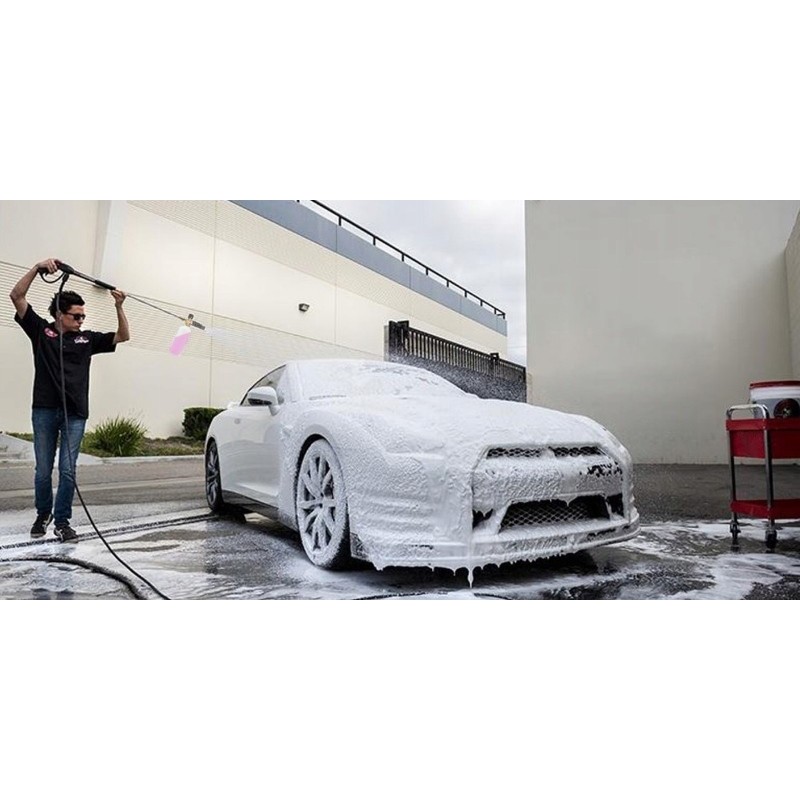 As it happens, the ones that Tesla sells are ones that do come with the foam lining. They were originally just a feature on the top-end variants of the Model S and X back in 2017, but now the design has become the standard for Tesla tires.
As it happens, the ones that Tesla sells are ones that do come with the foam lining. They were originally just a feature on the top-end variants of the Model S and X back in 2017, but now the design has become the standard for Tesla tires.
Yes, you could “mix and match” different Tesla tires. From a mechanical standpoint, the foam isn’t what’s most important about Tesla or other EV tires. What’s important is that the tire is constructed, balanced and reinforced in such a way that it can withstand the car’s torque and additional weight.
The foam has nothing to do with these qualities. The foam is purely there for noise and vibration reduction. It wouldn’t create any significant imbalance therefore to mix and match, just so long as the tires were otherwise identical.
It’s not entirely clear why anyone would want to mix and match with the foam, but one area you definitely can’t mix and match is on the more fundamental tire type. You wouldn’t want to mix Michelin and Continental, for instance, not the sizes, nor the tread patterns, nor the other outer physical attributes that make tires suited (or not) to a Tesla. You at the very least need a set of tires that is designed and engineered to work on an EV.
You wouldn’t want to mix Michelin and Continental, for instance, not the sizes, nor the tread patterns, nor the other outer physical attributes that make tires suited (or not) to a Tesla. You at the very least need a set of tires that is designed and engineered to work on an EV.
Now that the foam has become the norm, however, it makes sense to simply stick with the OEM product and enjoy the benefits of the noise reduction that these tires bring. The reason the foam has spread to other models is because it works so well, with many Model X and Model S drivers reporting from early on that the foam really did make a difference.
Tesla Model 3 has practically taken over the electric car market with speed, high performance and energy efficiency. It is easy and comfortable to drive, it is stable on the road, and its power reserve allows you to travel long distances.
Tesla engineers talked about the design and development process of the Model 3.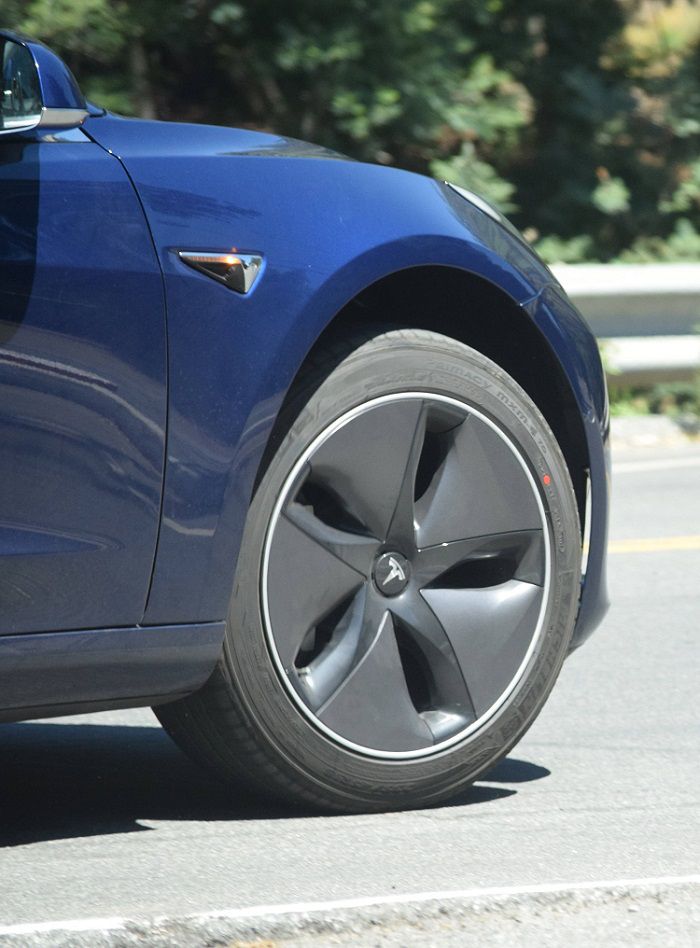 It turns out that design and safety were the main points in the development of an electric car. The Model 3's chassis and suspension have been designed from the ground up, tires being affectionately referred to by engineers as the vehicle's "unsung heroes" as they are critical to an EV's handling and roadholding. Model 3 tire development began back in 2015, when Tesla partnered with manufacturers to create the perfect tires for the electric sedan.
It turns out that design and safety were the main points in the development of an electric car. The Model 3's chassis and suspension have been designed from the ground up, tires being affectionately referred to by engineers as the vehicle's "unsung heroes" as they are critical to an EV's handling and roadholding. Model 3 tire development began back in 2015, when Tesla partnered with manufacturers to create the perfect tires for the electric sedan.
Tesla Model 3 Electric Vehicle Secret Technology © HEvCars
Engineers have noted that they have experienced various challenges in developing tires for a high-performance electric vehicle such as the Model 3. This is due to the weight of the car and the momentary torque. Since most of the mass of an electric vehicle is lower compared to an internal combustion engine vehicle, less vertical force is generated through the outer pair of tires, which creates traction when cornering.
2 ECUs control steering © autocar. co.uk
co.uk
To address this issue, Tesla has focused on tread stiffness by developing a new compound to provide a good combination of cornering grip and low rolling resistance for Model 3 tires. noise. The rear wheels of the Model 3 also have some special features. Each rear wheel of the electric sedan has six degrees of freedom, with five links and one damper, although the links are separated to provide control and ride stability.
Model 3 received a 5-star safety rating from NHTSA, Euro NCAP and ANCAP. This is not surprising, given that the electric car is designed from scratch. For example, the Model 3 front suspension has been specifically designed to provide maximum protection in small overlap front impact tests.
Two front tie rods designed to break in a collision © autocar.co.uk
Each rear wheel has six degrees of freedom - five links and one damper, similar to a double wishbone - but the links have been separated to better control the forces transmitted through the contact area of the tire.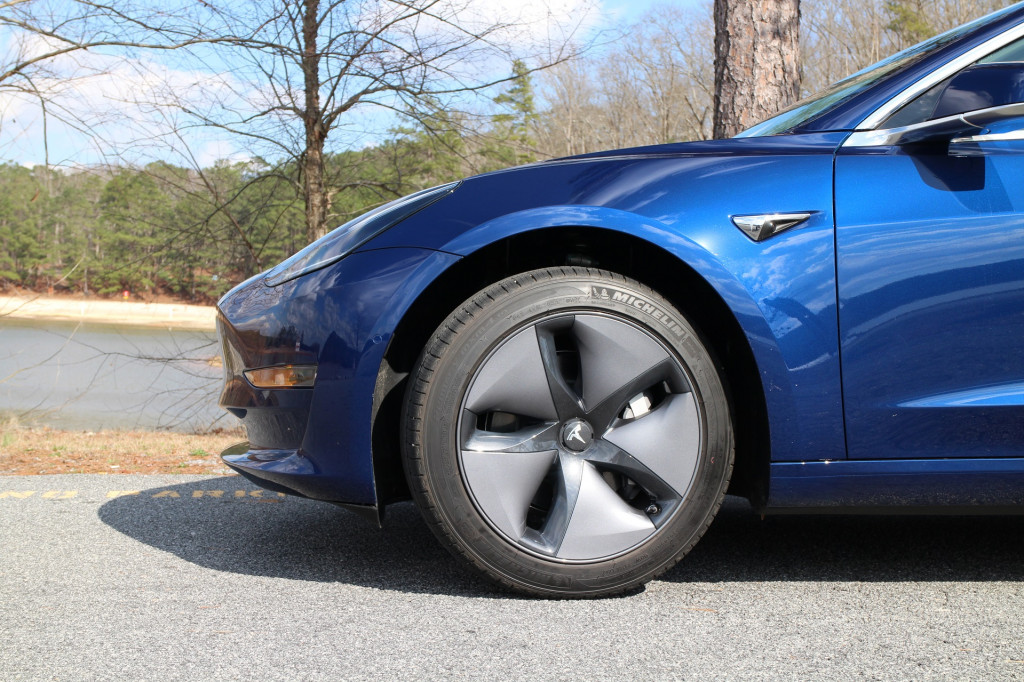 The front suspension has also been designed to provide maximum protection in the tough, small overlap frontal impact tests.
The front suspension has also been designed to provide maximum protection in the tough, small overlap frontal impact tests.
In addition to direct injury, which may result from an accident, doors may jam and the battery of an electric vehicle may also be at risk. To counter this, special links have been developed to click when the front wheel and suspension take a hit.
This allows the wheel to rotate around the third link, moving the wheel out of the body and pushing the vehicle, passengers and batteries away from the point of impact.
Auxiliary front-wheel drive in all-wheel drive version deviates to the side in a collision © autocar.co.uk
The auxiliary motor in the 4WD versions is on two mounts in the 'V' of the front subframe and pivots back into the void in the event of a collision. The electric power steering system has a fast 10:1 gear ratio, delivering two turns lock-to-lock. The power steering has separate power trains that operate directly from the vehicle's high-voltage battery.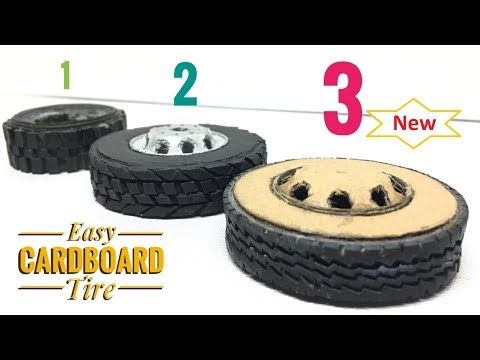 The engineers also mentioned two electrical modules and two inverters that keep the system running smoothly if one of them fails.
The engineers also mentioned two electrical modules and two inverters that keep the system running smoothly if one of them fails.
3-phase hydraulic motor with built-in redundancy © autocar.co.uk
The Model 3 braking system is quite unique in the sense that Tesla chose to equip the electric sedan with more expensive four-piston brake calipers on the front wheels instead of a single-piston sliding mechanism. This gives the Model 3 superb pedal response, and it opens up the possibility for an EV manufacturer to develop their own piston seals that completely stop the pads after braking, thus increasing range and reducing drag. This system improves the efficiency of the Model 3, which has proven to outperform other premium EVs such as the Audi e-tron quattro and Jaguar I-PACE.
Brake discs and pads designed for long vehicle life © autocar.co.uk
Elon Musk has mentioned multiple times in the past that the brake pads in a Tesla will last the lifetime of the car.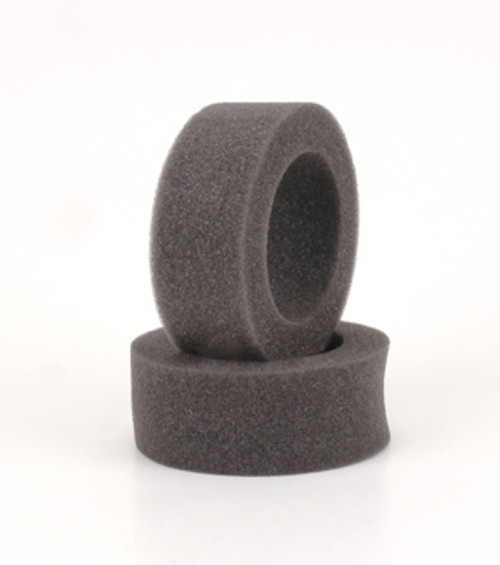 That's no exaggeration, according to Tesla engineers, who noted that the Model 3's discs and brake pads are rated for about 240,000 km. This is made possible by the Model 3's regenerative braking system, which allows drivers to slow down the vehicle without using its physical brakes. As for rust, engineers noted that Tesla has developed new anti-corrosion elements for its electric vehicles.
That's no exaggeration, according to Tesla engineers, who noted that the Model 3's discs and brake pads are rated for about 240,000 km. This is made possible by the Model 3's regenerative braking system, which allows drivers to slow down the vehicle without using its physical brakes. As for rust, engineers noted that Tesla has developed new anti-corrosion elements for its electric vehicles.
Perhaps the most interesting point discussed by Tesla engineers was the suspension of the Model 3. In the spirit of Elon Musk, Tesla used the NASA concept by improving the suspension settings of the electric sedan. The electric vehicle manufacturer tuned the Model 3's suspension to match the space agency's research on how long the human body can be exposed to a certain frequency without experiencing discomfort. Given that the vertical frequency of suspension movement affects comfort and handling, Tesla engineers settled on the vertical frequency, which is the equivalent of a brisk walk or a slow run, to give the Model 3 chassis a sporty feel.
Model 3 suspension impressed many industry experts, including automotive industry veteran and demolition expert Sandy Munro and Associates. During the dismantling of the car, Munro noted that the Model 3 may have improvements in the body and trim, but everything from the suspension to the tires, the electric car is flawless. In an Autoline TV segment on YouTube, Munro mentioned that the person who tuned the Model 3's suspension could easily become an "F1 Prince".
During the EV maker's Q2 earnings announcement, Elon Musk mentioned that the story of the future is mostly the Model 3 and Model Y. The Model S and Model X were created to prove that EVs can be a superior alternative to ICE vehicles. . Premium sedans and crossovers, the more affordable Model 3 and later the Model Y, are likely to be the kind of electric vehicles that can encourage mass-market buyers to rethink what a car can be.
Source: teslarati.com & autocar.co.uk. Prepared by: hevcars. com.ua
com.ua
Tesla, Tesla Model 3 Safety, Tesla Air Suspension, Tesla Model 3 Track Mode, Tesla Model 3 Features, Tesla Model 3 Operation, Tesla Motors, Tesla Battery Energy Efficiency
HEVCARS 🔌 Author
Read the most interesting news and articles about electric cars in Telegram and Google News!
Alternative product name: Tire pressure control button;Switch;Switch;Switch;Button;Button box
Mark Acura Alfa Romeo Aston Martin Astra Audi BAW bmw BPW BYD Bentley Brilliance CASE Cadillac changan Chery Chevrolet Chrysler Citroen DAF Daewoo Daihatsu Datsun Dodge Dongfeng ERF Exeed FAW FOTON fiat Ford Ford America Freightliner Fruehauf GAC GAZ GM Geely Genesis Great Wall HOWO hafei Haval hawtai hino Honda Hongqi Hummer Hyundai Infiniti International Iran Khadro Isuzu Iveco JAC JCB Jaguar Jeep John Deere KAMAZ KAVZ Karavan Kia LDV Lamborghini Lancia Land Rover landwind lav Lexus Lifan LuxGen MAN MAZ MZSA Maserati Maybach Mazda mercedes benz Mini Mitsubishi Nissan Omoda Opel PAZ Peugeot Piaggio Porsche ROR Ravon Renault Respo Rolls Royce Rover SAAB SAF Holland SMB Scania Schmitz Scion seat Shaanxi Sisu Skoda Smart Ssang Yong Subaru Suzuki TAGAZ TONAR Tesla Toyota Trailor UAZ VAZ vw Volvo ZAZ Zotye
Model Model 3 Model S Model X
Modification
Taking orders by phone and online chats:
+7 (499) 703-15-15
Daily from 9:00 - 21:00
An error occurred while ordering a call.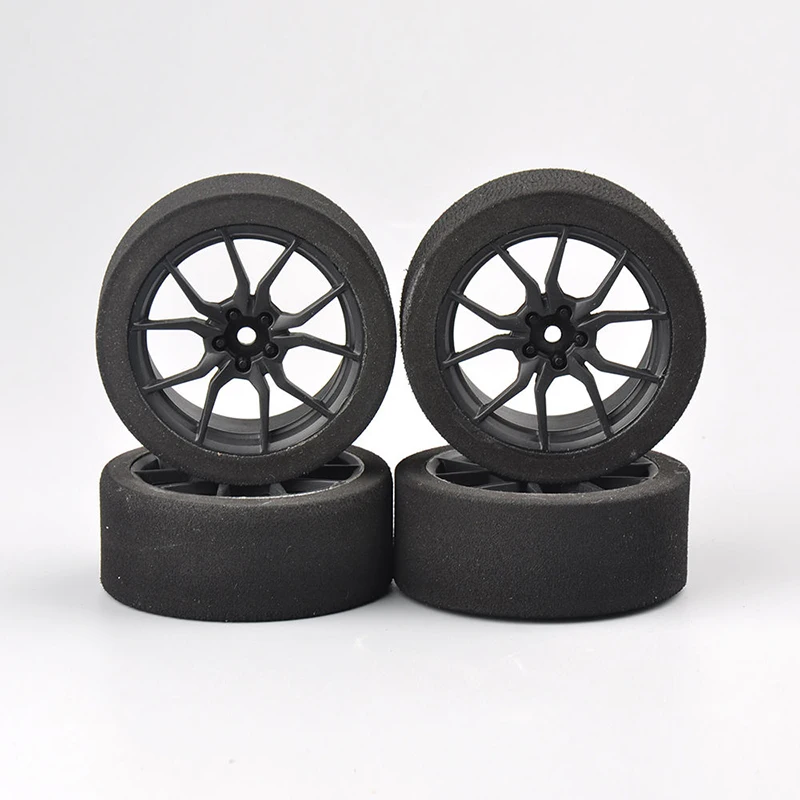
No products found for the selected vehicle.
Not a public offer
Schemes not found
Refine search
Why specify?
The fact is that the same part can be used in different vehicles. This is especially true for single-platform models. If you want to see parts that are in the same node, enter the vehicle's VIN number. Search using the VIN number is the most accurate.
Schematic not similar?
Fasteners can be used in different assemblies. So do not be alarmed if you expected to see a self-tapping screw under the hood of a car, but in the diagram it holds the trunk lining. If you want to select a spare part according to the assembly scheme, we also recommend that you use the search using the VIN number
Attention!
The completeness on the diagram may not correspond to the completeness of the goods offered on the site.